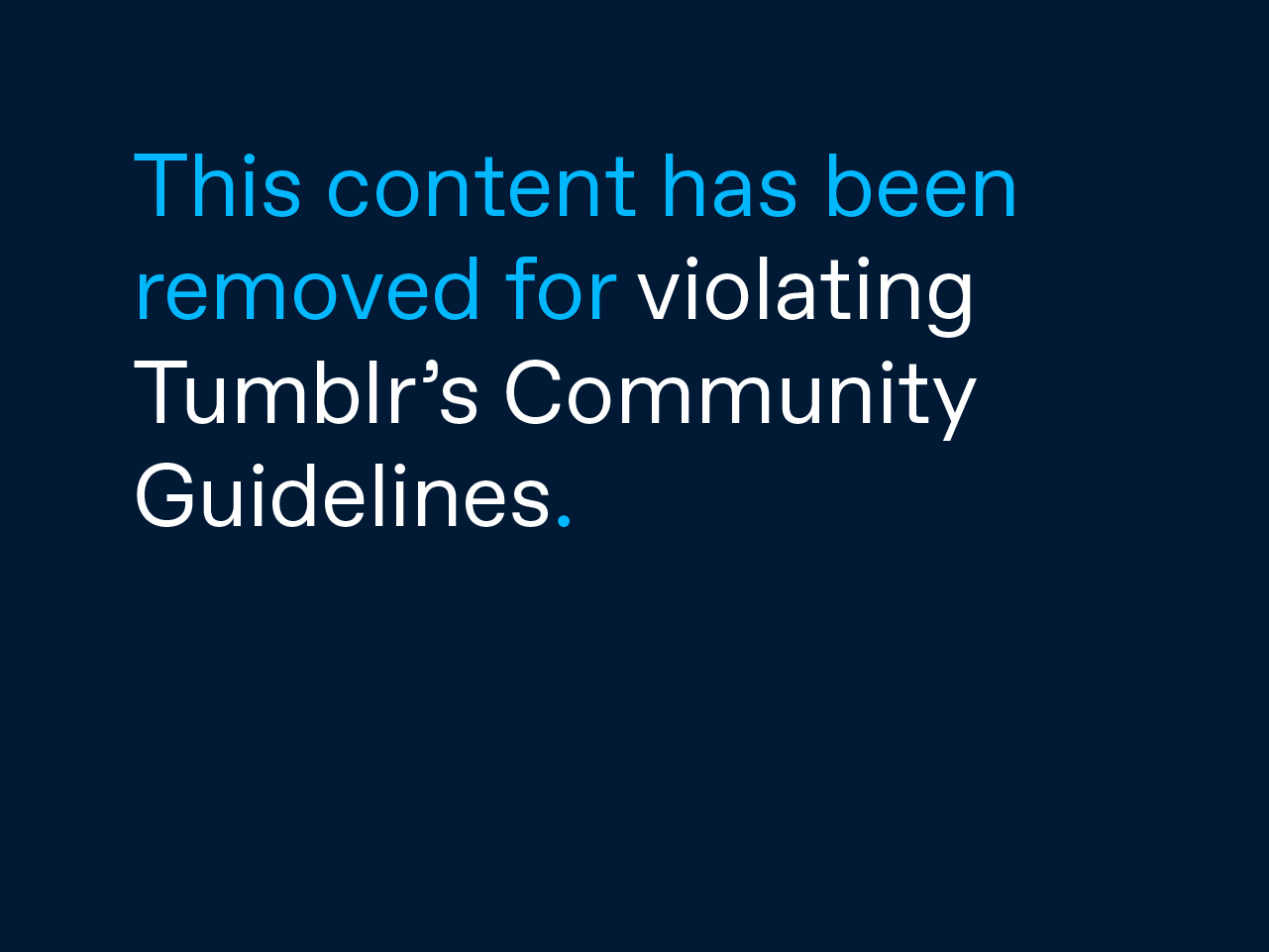Optimized to Take Full Advantage of Mac OS X’s Quartz & OpenGL Graphics
How To Install Run XQuartz X11 Applications On Mac OS X 10 10 Yosemite Or Later.Here is the link to download Xquartz (which is also X11): http://xquartz.maco. Question: Q: uninstall x11 made the BIG mistake of downloading XQuartz-2.7.5 (x11) when I was prompted to do so in order to download some fonts. Now my browser is screwed up, I just want to uninstall the thing, but apparently moving the application to trash doesn't do the trick.
MACWORLD EXPO, SAN FRANCISCO—January 7, 2003—Apple® today introduced X11 for Mac® OS X that allows X11-based applications to run side-by-side with native Mac OS X applications on the same desktop and makes it even simpler to port X11-based applications to the Mac®. Apple’s implementation of X11, the common windowing environment for UNIX operating systems, is easy to install and is optimized to take full advantage of Apple’s innovative Quartz™ graphics system to deliver hardware-accelerated 2D and 3D graphics for fast text scrolling, dynamic dragging and resizing of windows, and stunning 3D animation through OpenGL Direct Rendering.
“Apple has become the highest volume supplier of UNIX-based systems, and now with X11 for Mac OS X we’re making it even easier for UNIX pros to switch to the Mac,” said Philip Schiller, Apple’s senior vice president of Worldwide Product Marketing. “Mac OS X is really catching on with the UNIX community because of its standards-based approach, familiar tool sets and rich foundation for building modern applications.”
With a complete suite of the standard X11 display server software, client libraries and developer toolkits, X11 for Mac OS X makes it even simpler to port Linux and UNIX applications to the Mac. X11 for Mac OS X is easy to get up and running with a single download and install for both the display server and client libraries, and the optional X11 Software Developer Kit for Mac OS X allows developers to build almost any X11R6.6 application with a simple recompile. X11 for Mac OS X is completely integrated with the Aqua user interface for seamless cut and paste between X11 and Mac OS X applications and full access to Aqua controls for zoom, close and minimization to the Dock.



Pricing & Availability
The public beta of X11 for Mac OS X is available immediately as a free download at www.apple.com/macosx/x11. The final version of X11 for Mac OS X will be made available later in 2003.
X11 Osx

X11 for Mac OS X requires Mac OS X version 10.2 “Jaguar,” a minimum of 256MB of memory and is designed to run on the following Apple products: eMac™, iMac®, iBook®, Power Macintosh® G3, Power Mac® G4 and any PowerBook® introduced after May 1998.
Apple ignited the personal computer revolution in the 1970s with the Apple II and reinvented the personal computer in the 1980s with the Macintosh. Apple is committed to bringing the best personal computing experience to students, educators, creative professionals and consumers around the world through its innovative hardware, software and Internet offerings.
Press Contacts:
Cameron Craig
Apple
(408) 974-6281
cam@apple.com
Nicole Scott
Edelman
(650) 429-2764
nicole.scott@edelman.com
Apple, the Apple logo, Mac, Mac OS, Macintosh, Quartz, eMac, iMac, iBook, Power Macintosh, Power Mac and PowerBook are either registered trademarks or trademarks of Apple. Other company and product names may be trademarks of their respective owners.
Locating or Installing X11
Mac OS X versions 10.5 through 10.7 include a pre-installed version of X11. Look for it in Applications->Utilities.
OR
If you have Mac OS X 10.8 (Mountain Lion), you will need to download X11 from the XQuartz project, and install it following the on-screen instructions after opening XQuartz-2.x.dmg and double-clicking XQuartz.pkg.
Using X11
Mac Install X11
- Open the X11 application, located in the Utilities folder in your Applications folder.
- An xterm window will open automatically when you start X11. In this window, you will type one of two commands, depending on the version of Mac OS X that you are using. (If you don’t know which version you are using, you can figure it out by going to the Apple Menu and selecting “About this Mac”.)
- If you are using Mac OS X 10.4.0 or higher, the command to enter is
ssh -Y yourlogin@acs-linux.bu.edu (substitute your own BU login name for yourlogin and substitute acs for another machine, if applicable). - If you are using Mac OS X 10.3.0 – 10.3.9, the command to enter is
ssh -X yourlogin@acs-linux.bu.edu (substitute your own BU login name for yourlogin and substitute acs for another machine, if applicable).
- Type your Kerberos password when prompted.
- Now you can launch X Windows applications. To run SAS, for example, type
sas & (the ‘&’ puts it in the background so that you can type other commands in your xterm window if you need to). - When you’re done, quit out of any X applications you were running. Then, to exit the X11 program itself, go to the X11 menu and choose Quit X11.







